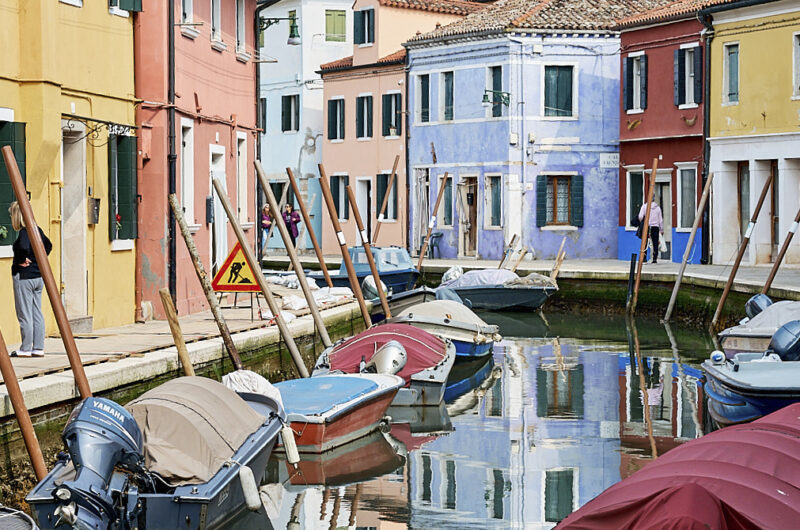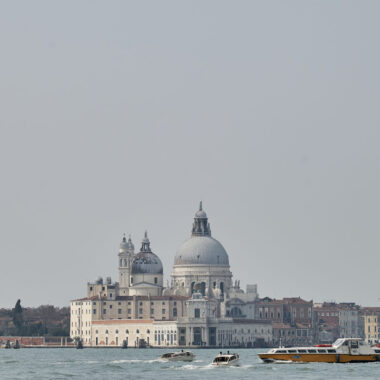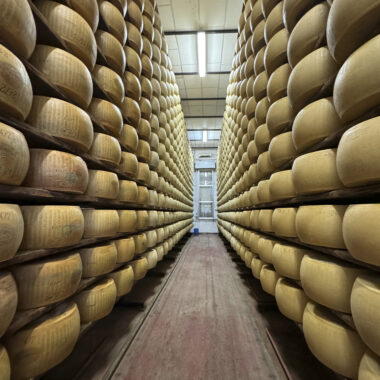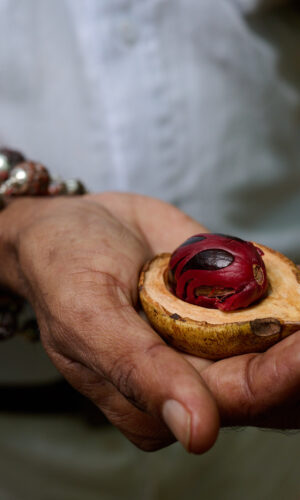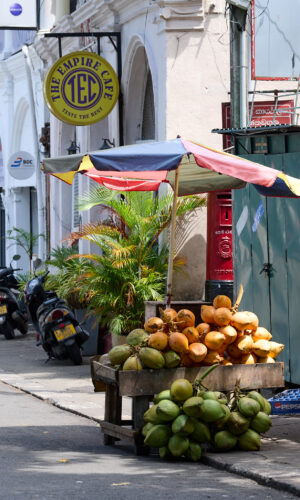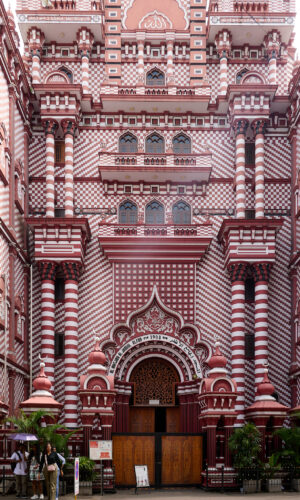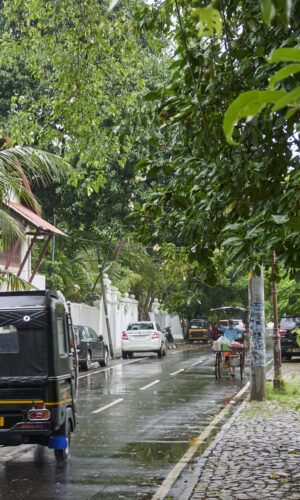There is something quite magical and mysterious that comes with walking early on a foggy morning through the quiet alleys and across the bridges in Venice. We walked through the neighborhood of Cannaregio on our way to meet our guide for the day at our designated pick-up area. It was deathly quiet, with only a few people out and about.
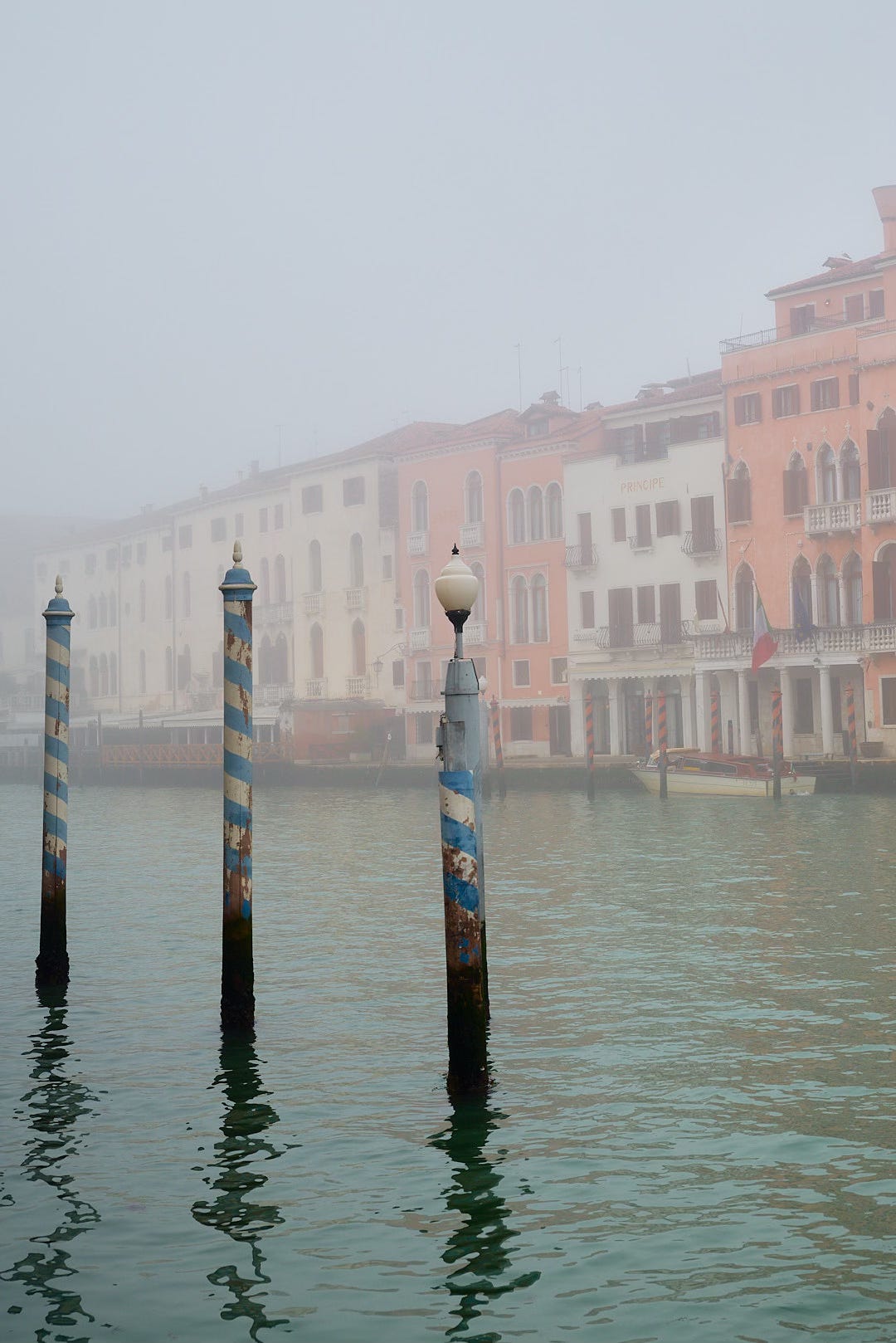
We had booked a day trip to Murano and Burano with an interesting guide named Davide. Passionate about all things Venice and clearly well versed with the local scene, he expertly maneuvered his boat into the pier area, dodging vaporettos with practiced ease, and promptly poured a few bags of salt on the slimy, treacherous-looking steps so that we could board the boat. A welcomed gesture as I was panicked by the visions of sliding into the murky water!
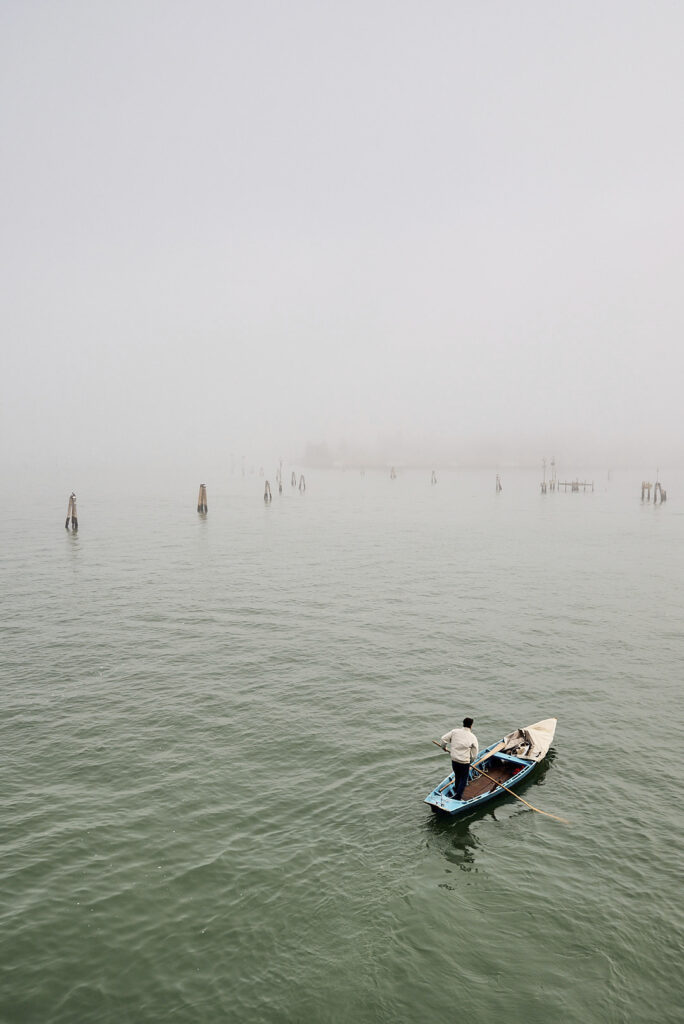
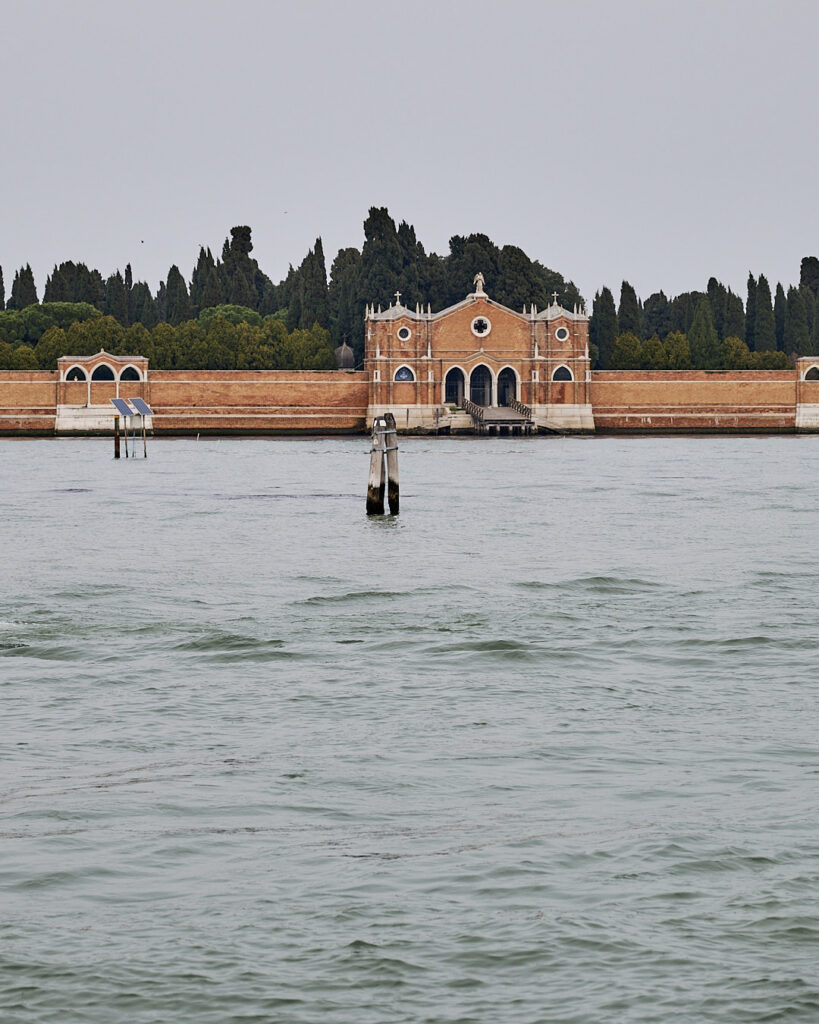
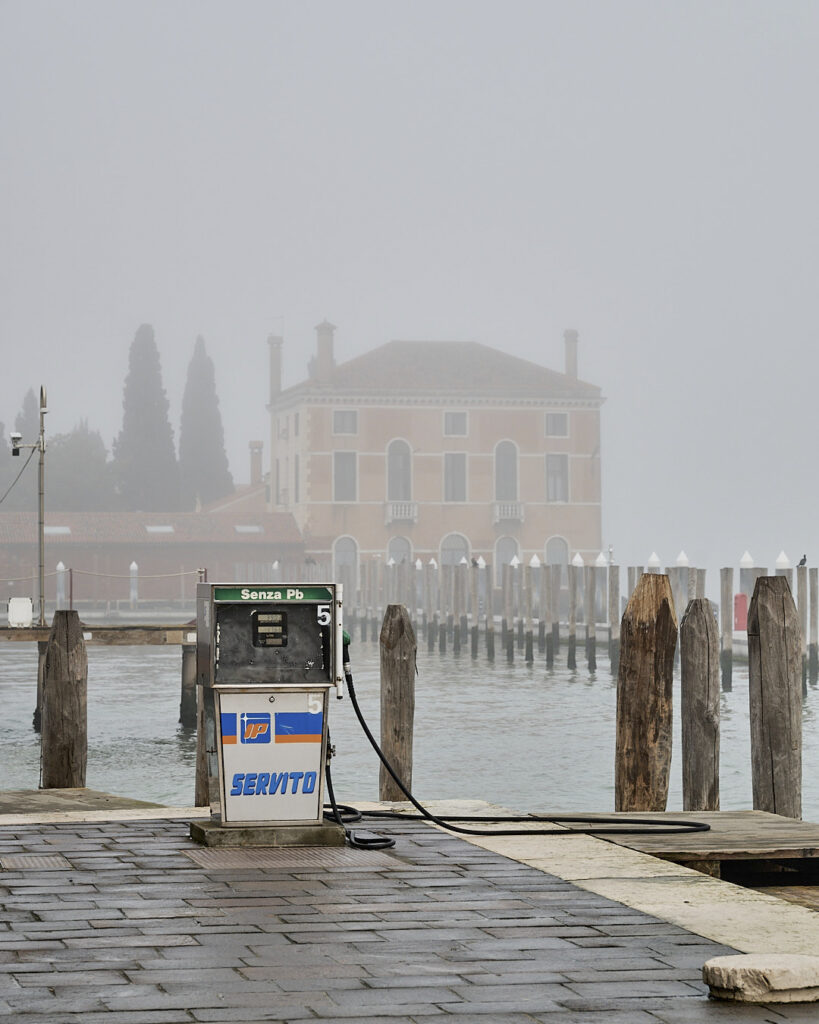
A quick boat trip later, we docked at one of the glassmaking factories on Murano. There’s evidence suggesting glassmaking flourished in the region around the 8th century AD, possibly even earlier. In 1291, the art of glassmaking was officially concentrated on the island of Murano. It is amazing to see the skill and technique that the glassmakers have to produce such beautiful intricate pieces. Sadly, this tradition is in danger of disappearing. Young people are no longer drawn to the craft, and the rising cost of natural gasses used in the furnaces means the future of these workshops is uncertain. The showrooms are amazing to see, with intricate chandeliers, delicate pieces of jewellery, and some eye-wateringly expensive centrepieces.
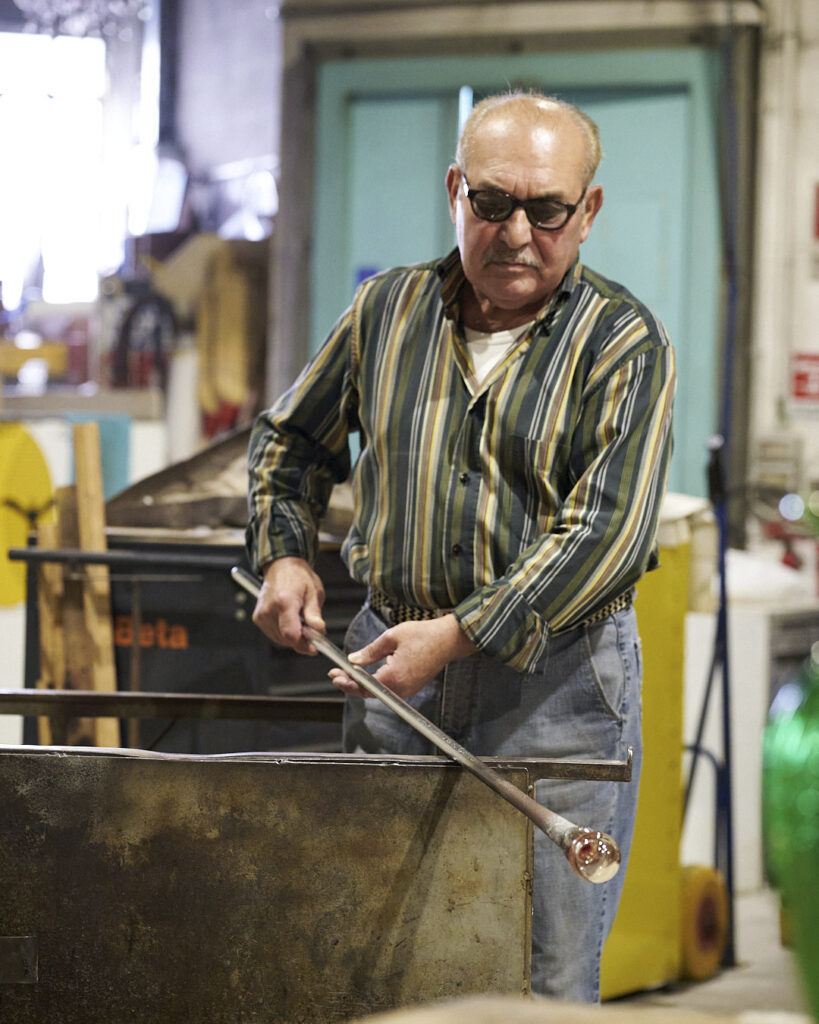
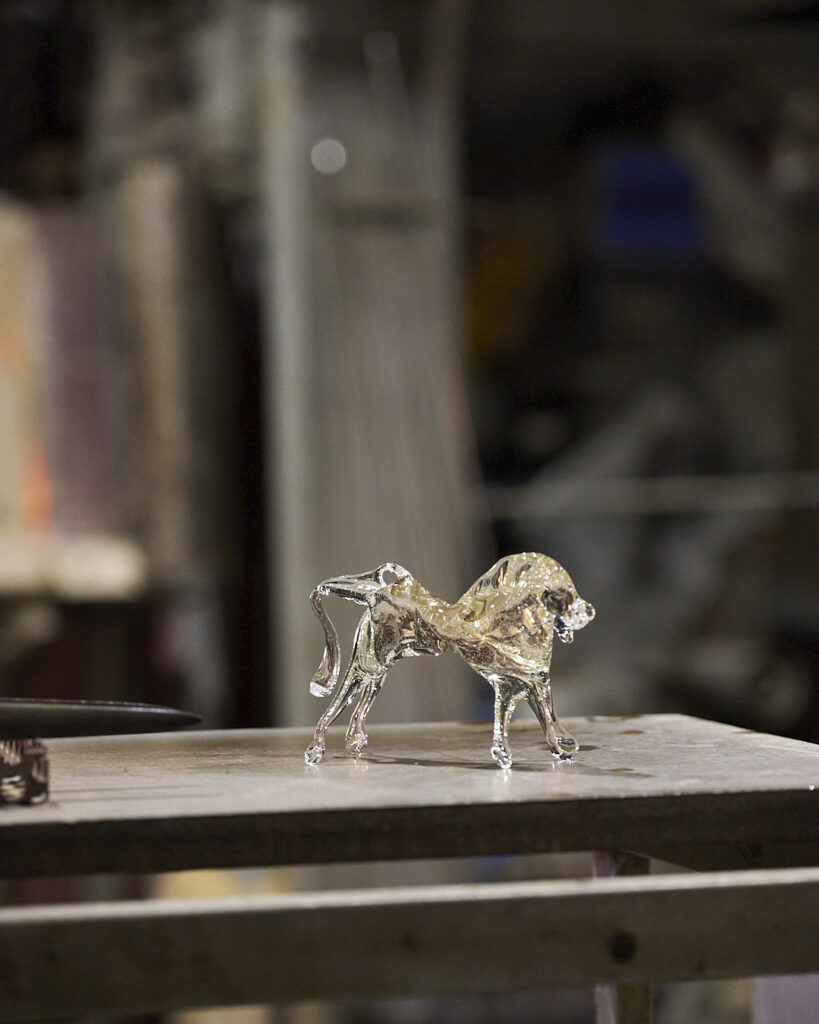
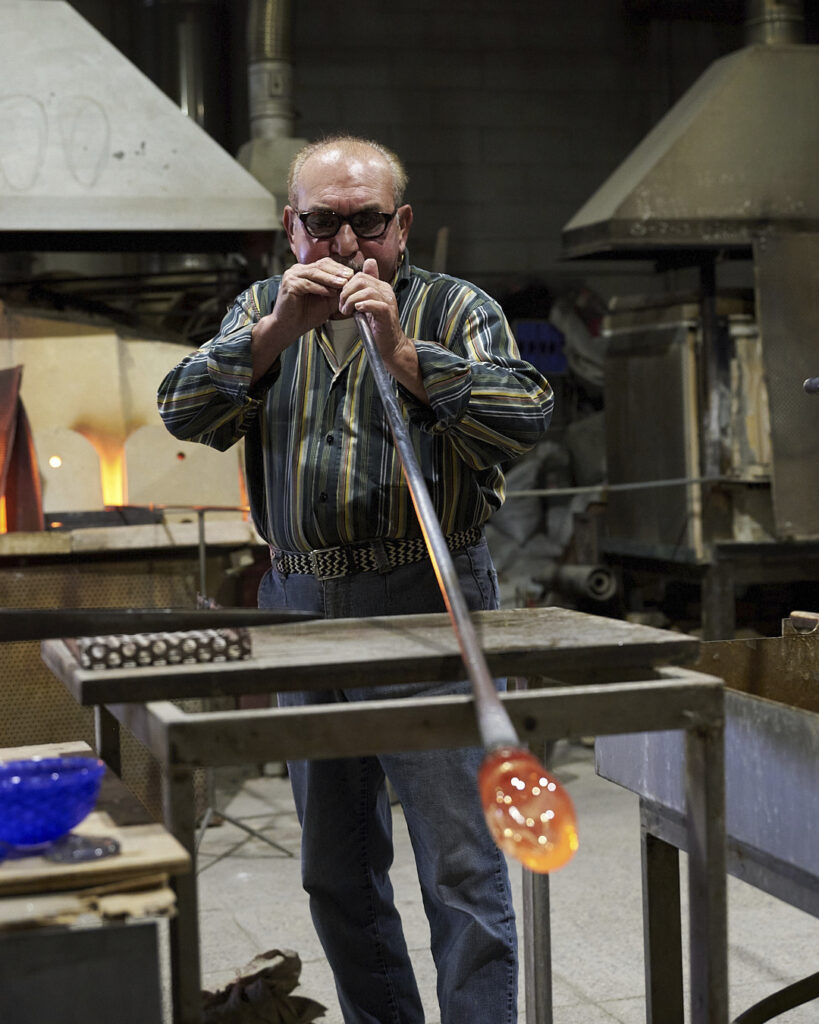
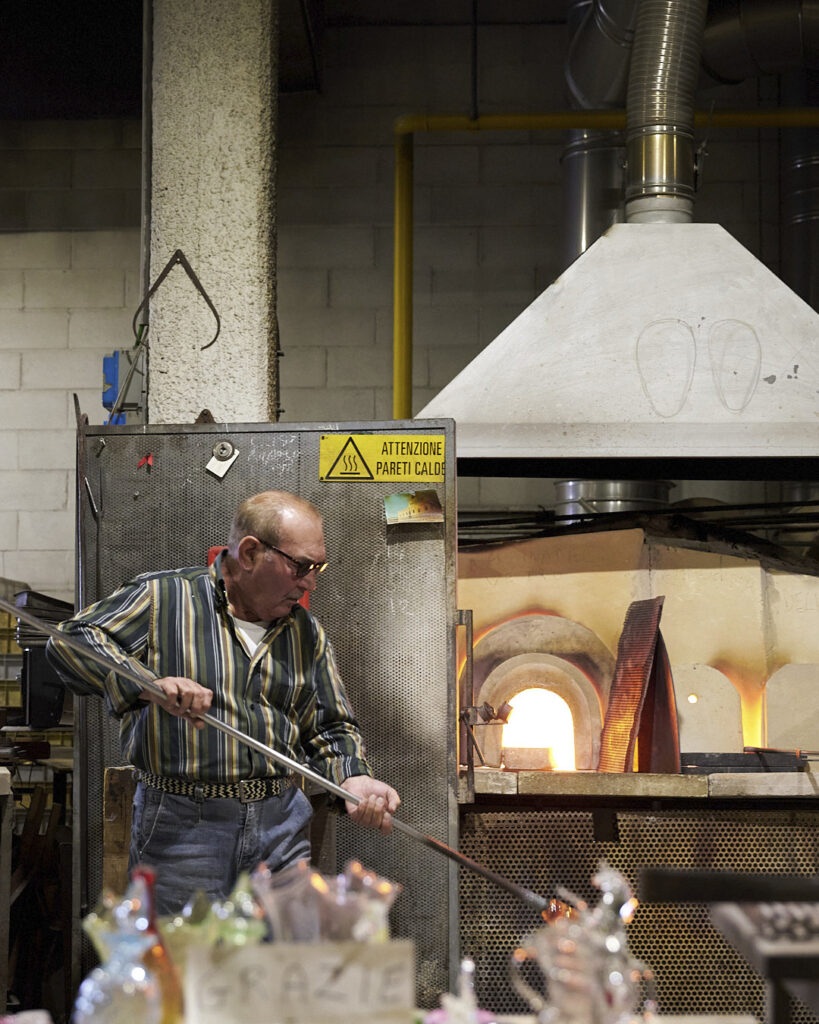
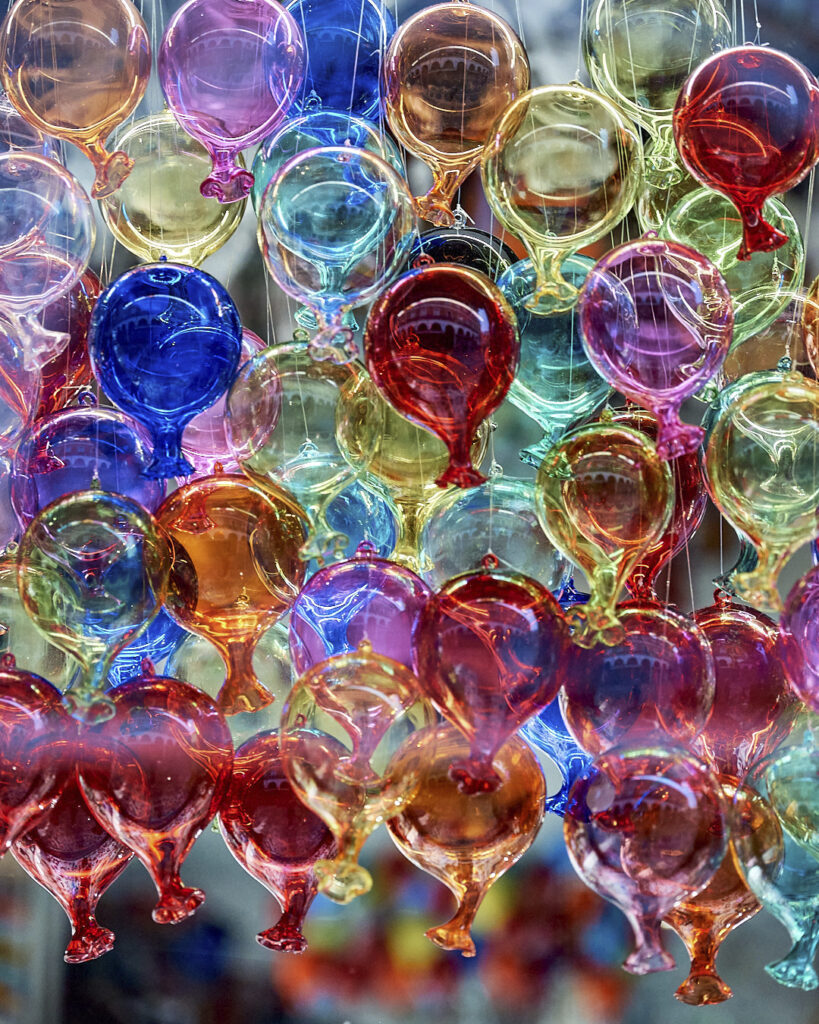
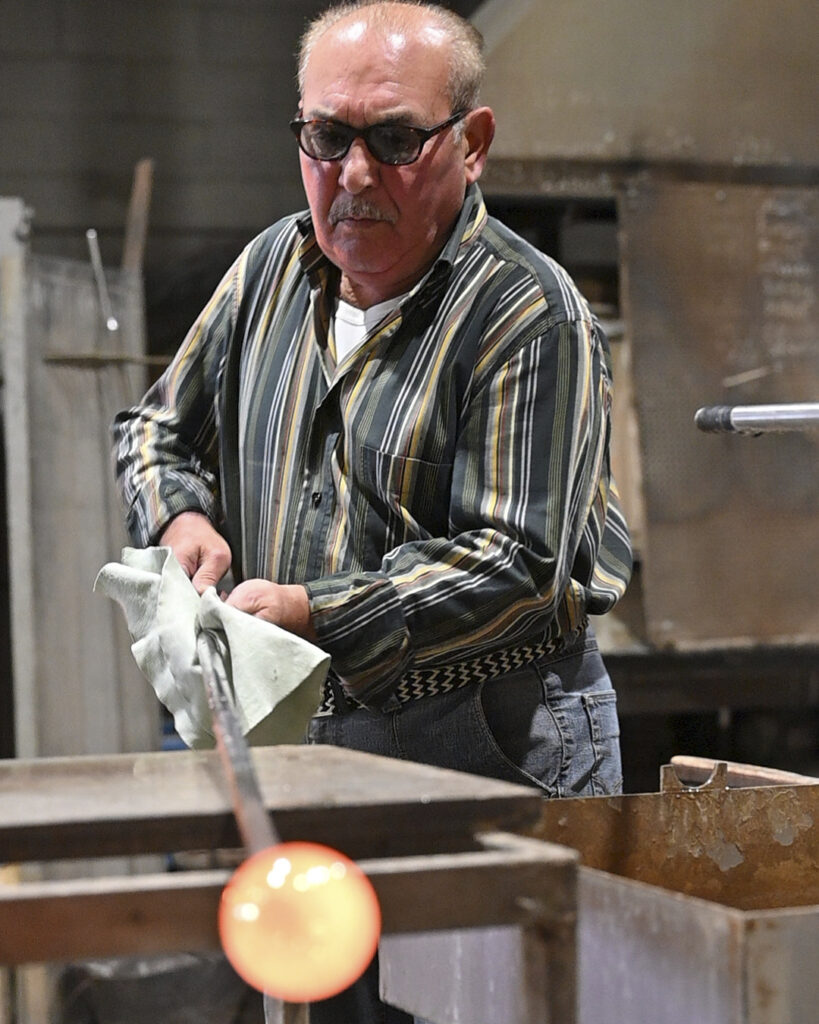
After that, we headed on to Burano, where the fog had begun to lift. The lagoon is a fascinating tapestry of islands, some deserted, others slowly succumbing to the tides, and even one or two curiously up for grabs at a hefty price according to our guide.
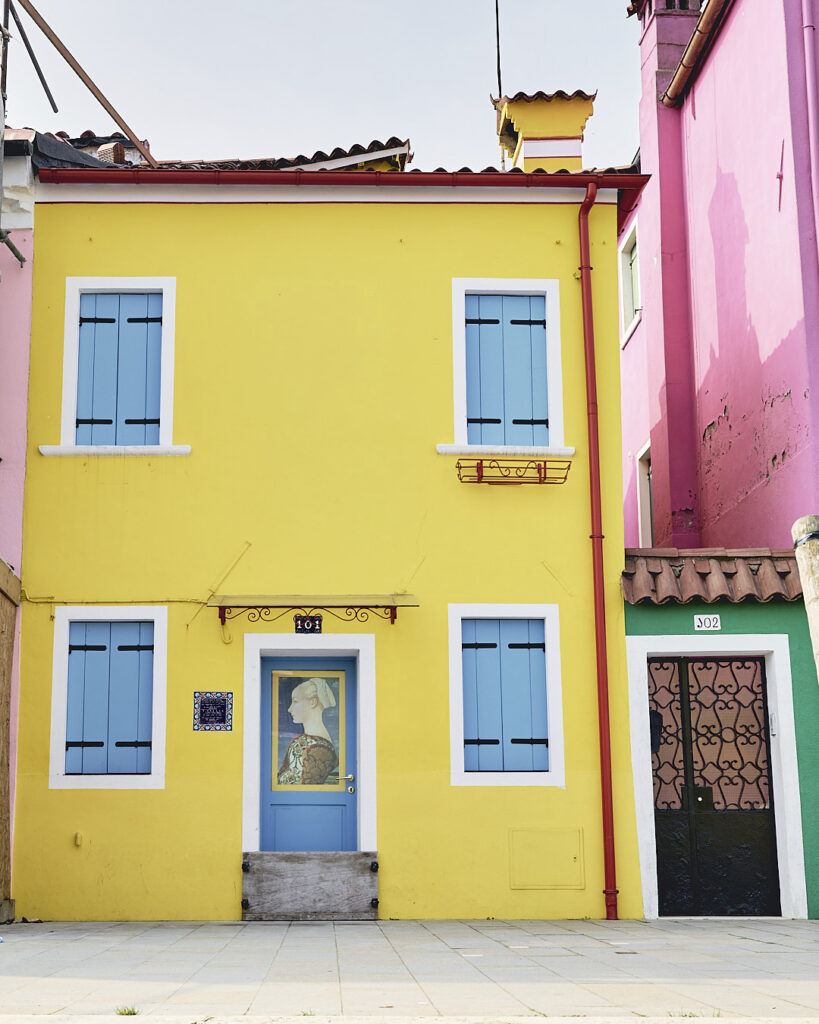
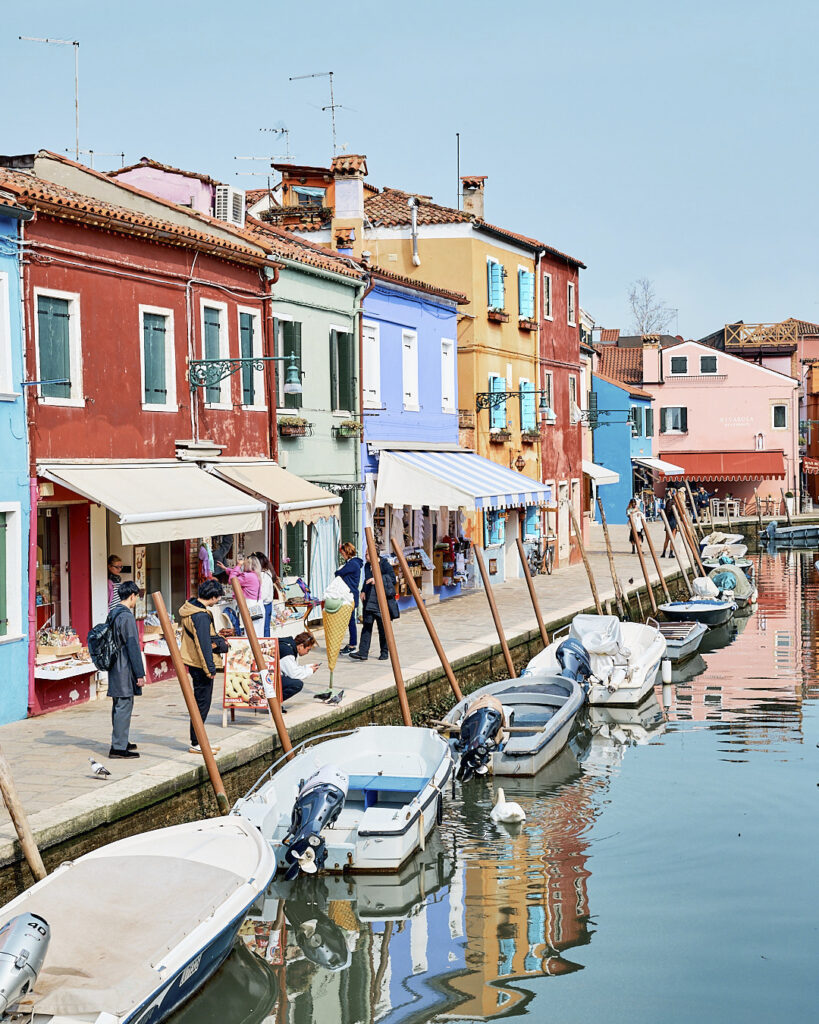
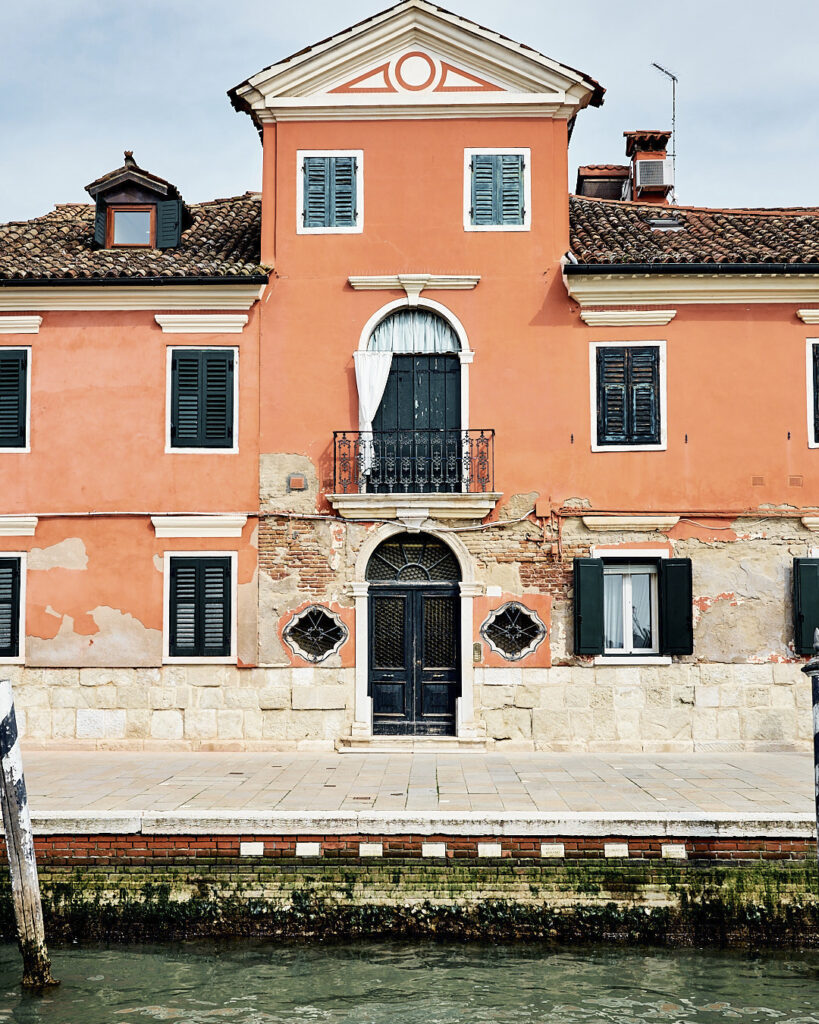
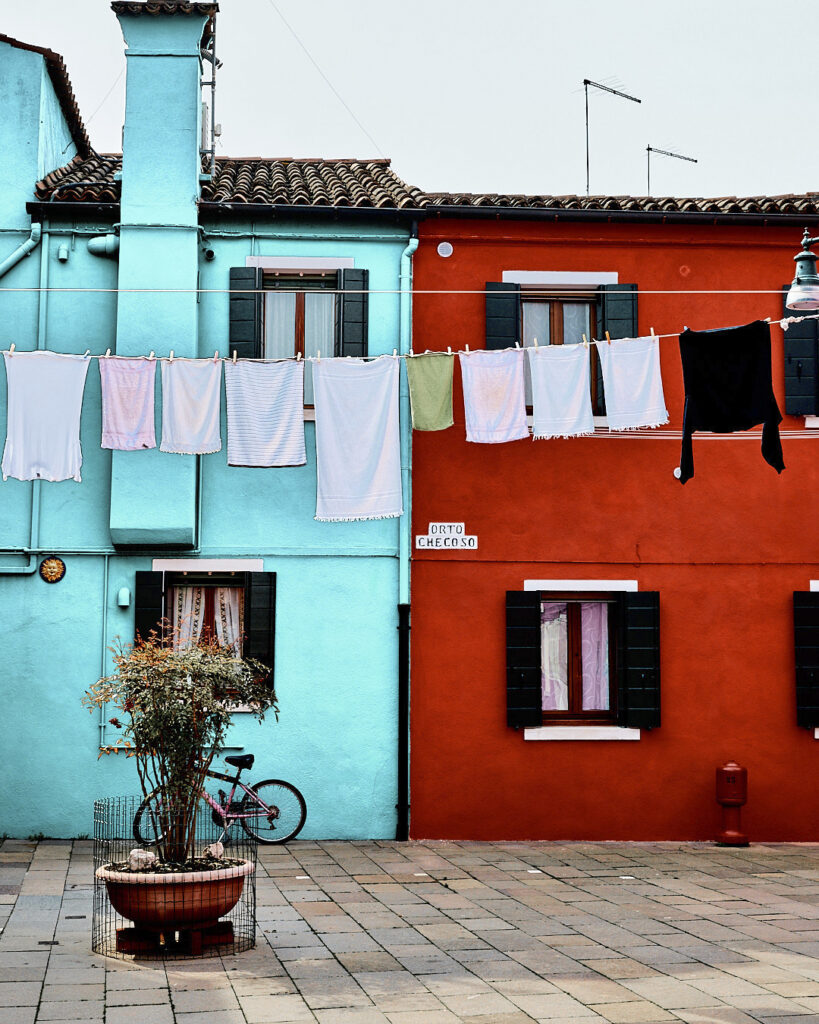
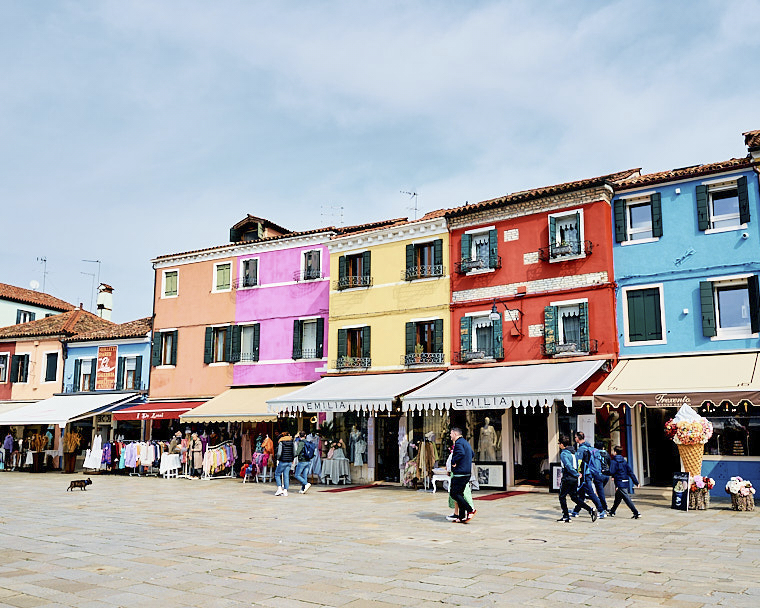
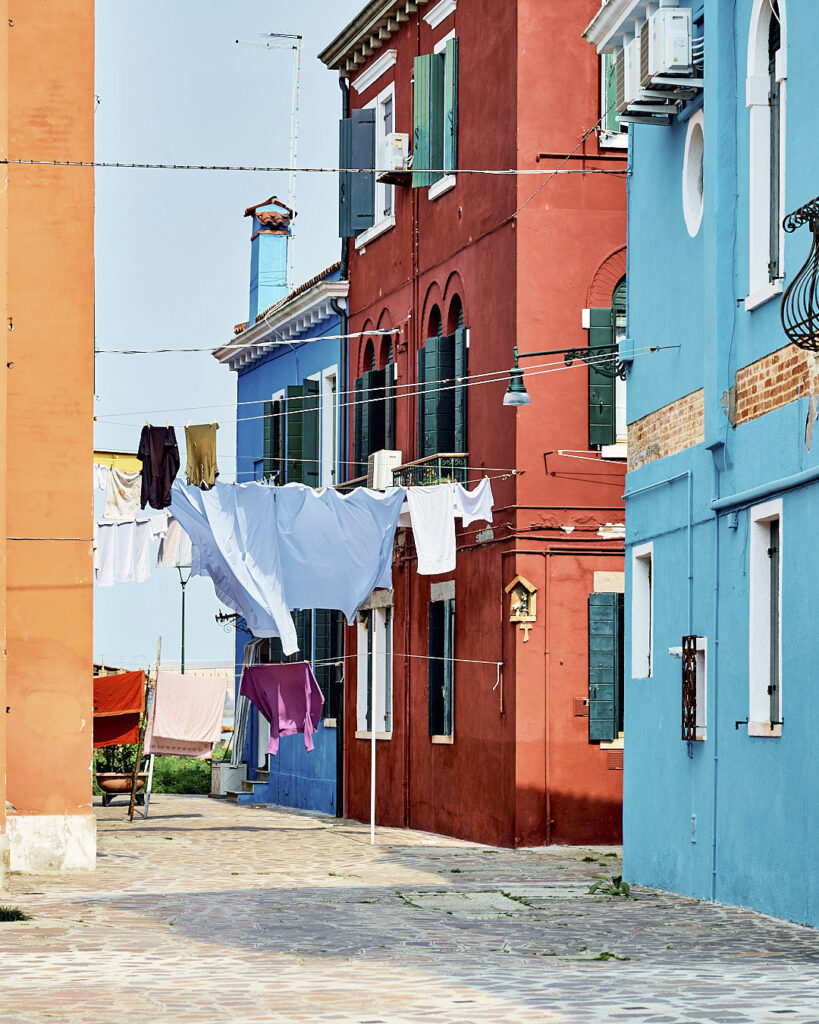
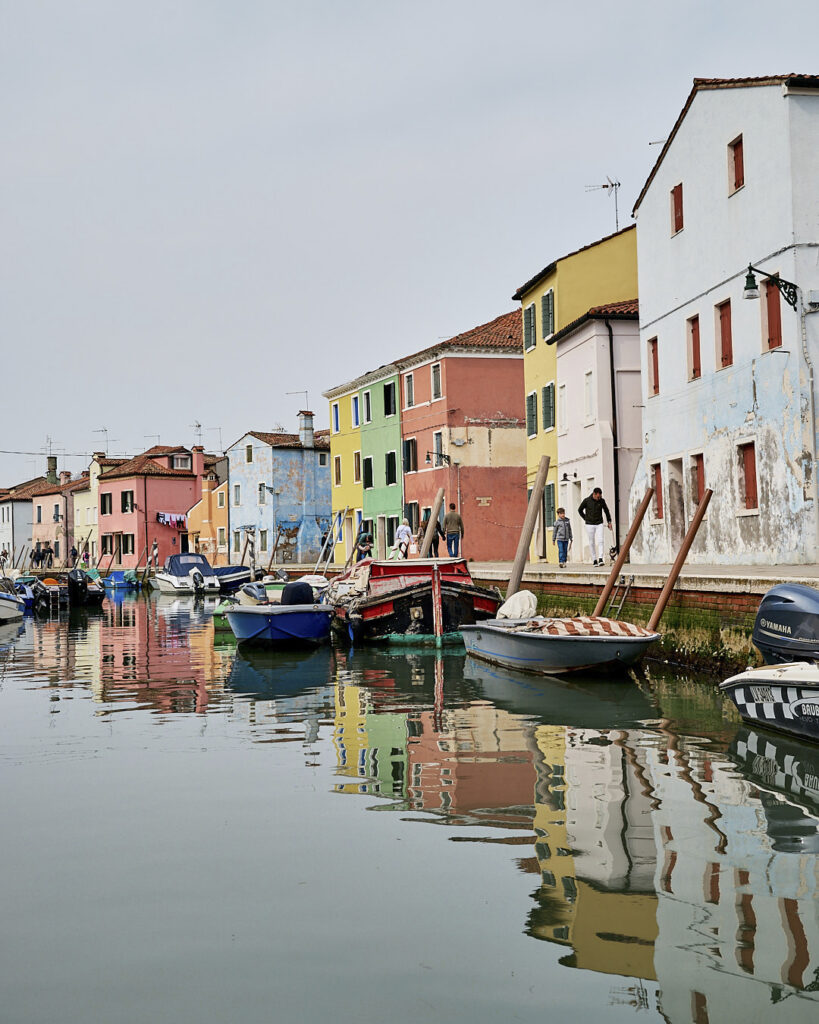
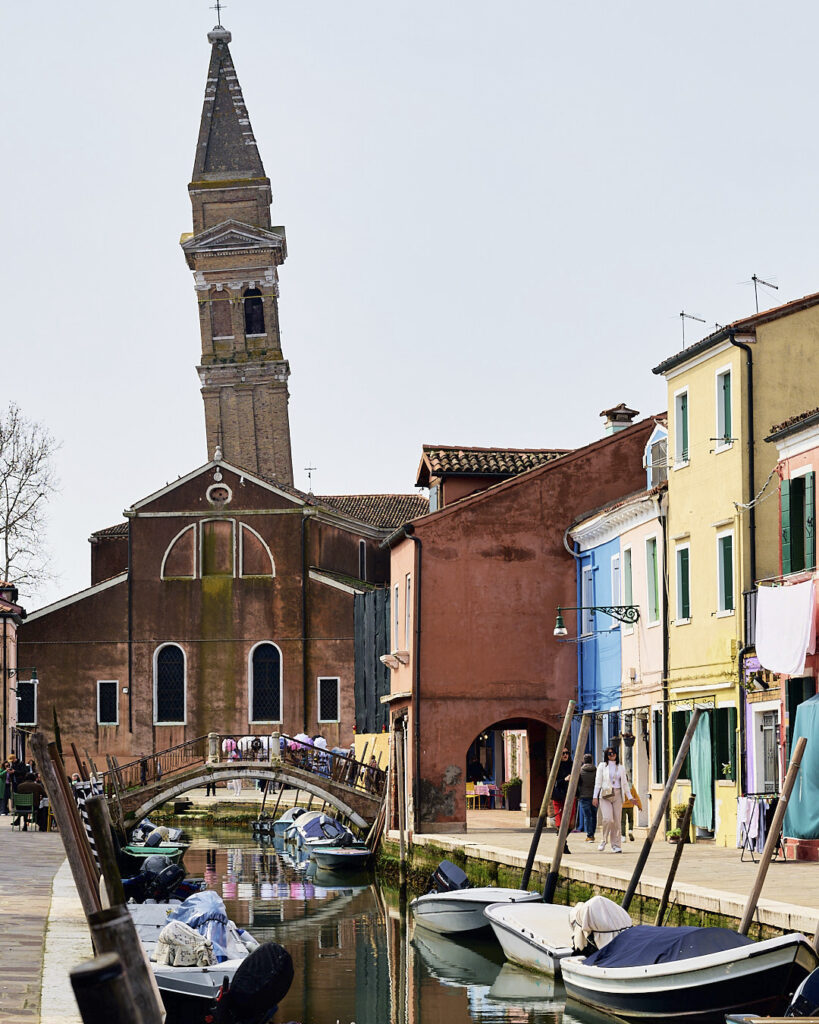
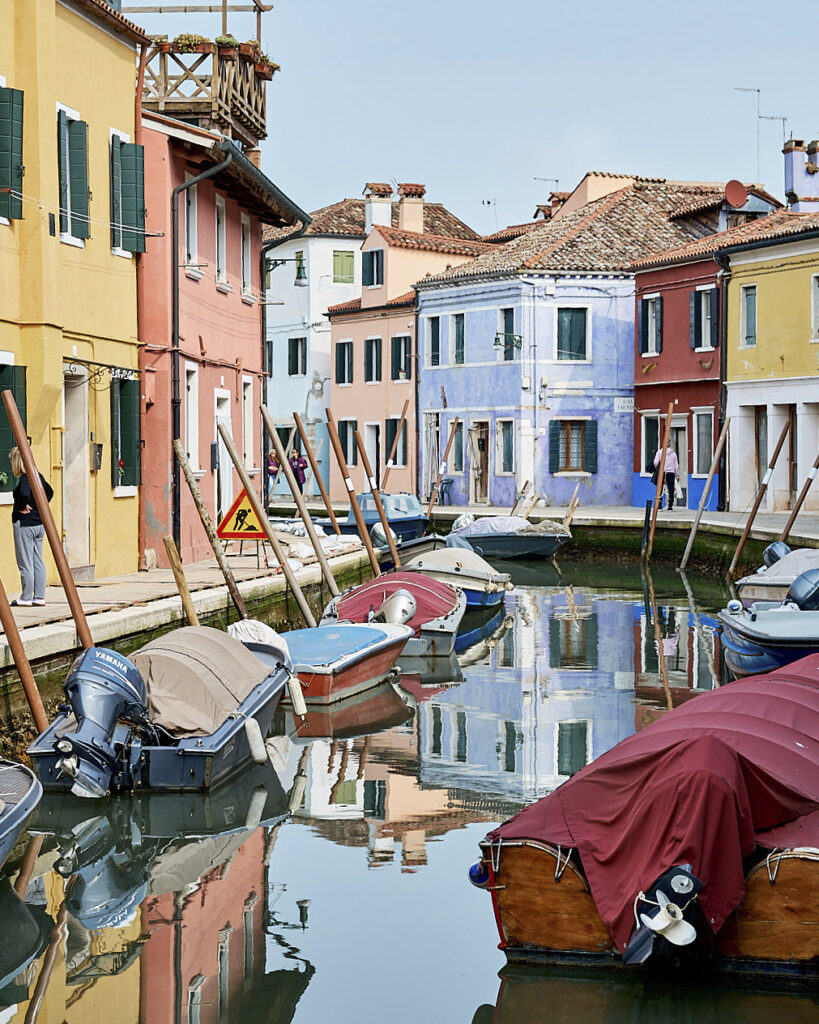
Burano is a charming little town with vibrantly colored houses lining its canals, and a leaning campanile (bell tower) that rivals Pisa’s leaning tower.
We visited a few stores selling glassware from Murano and some locally made items, beautiful linen, and one of the few remaining lace stores in Burano. Sadly, the art of lacemaking in Burano, like glassmaking, is fading as very few lacemakers remain.
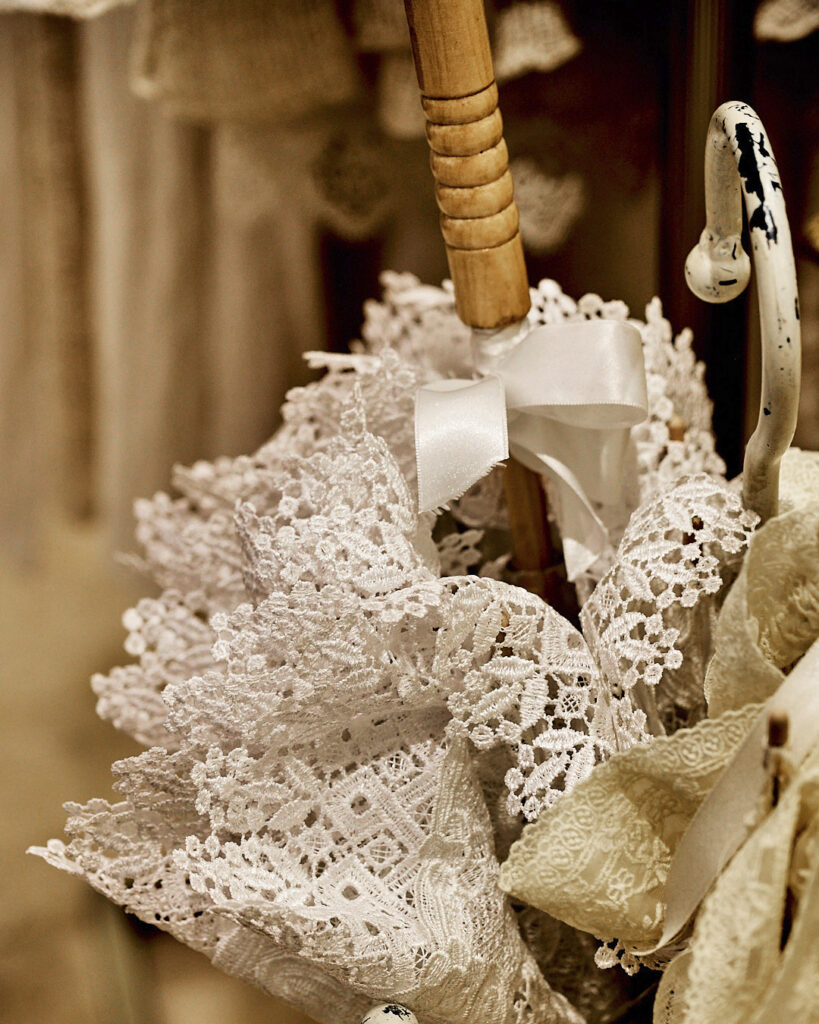
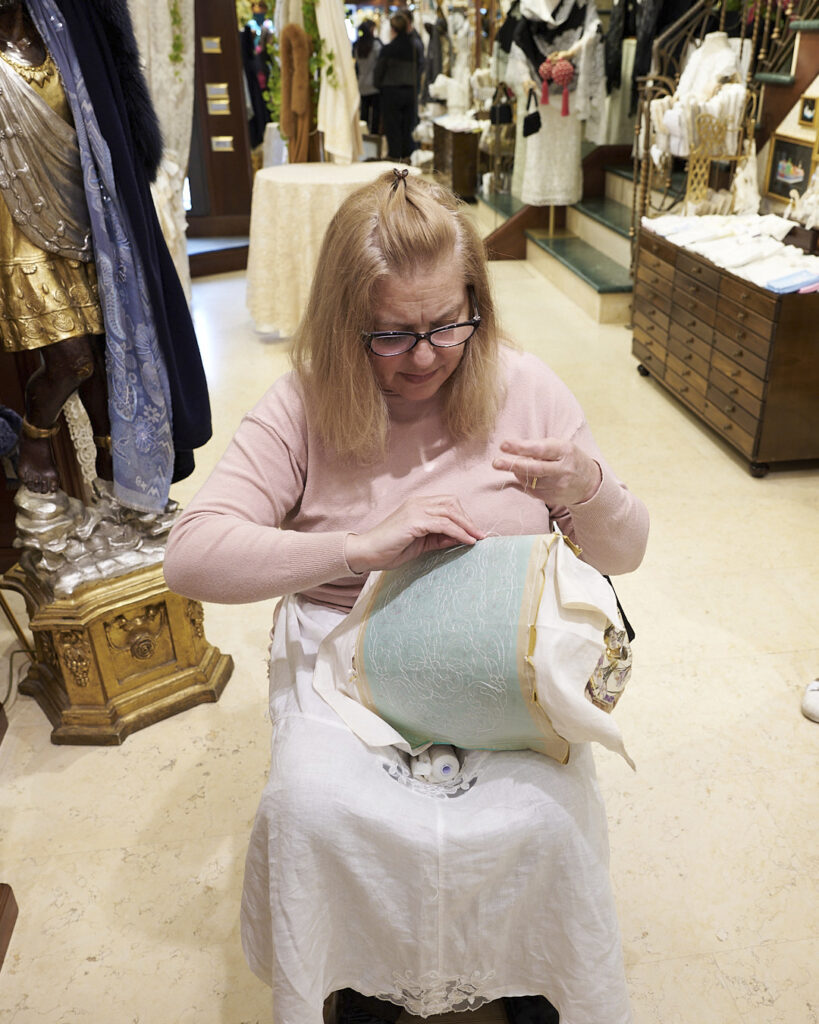
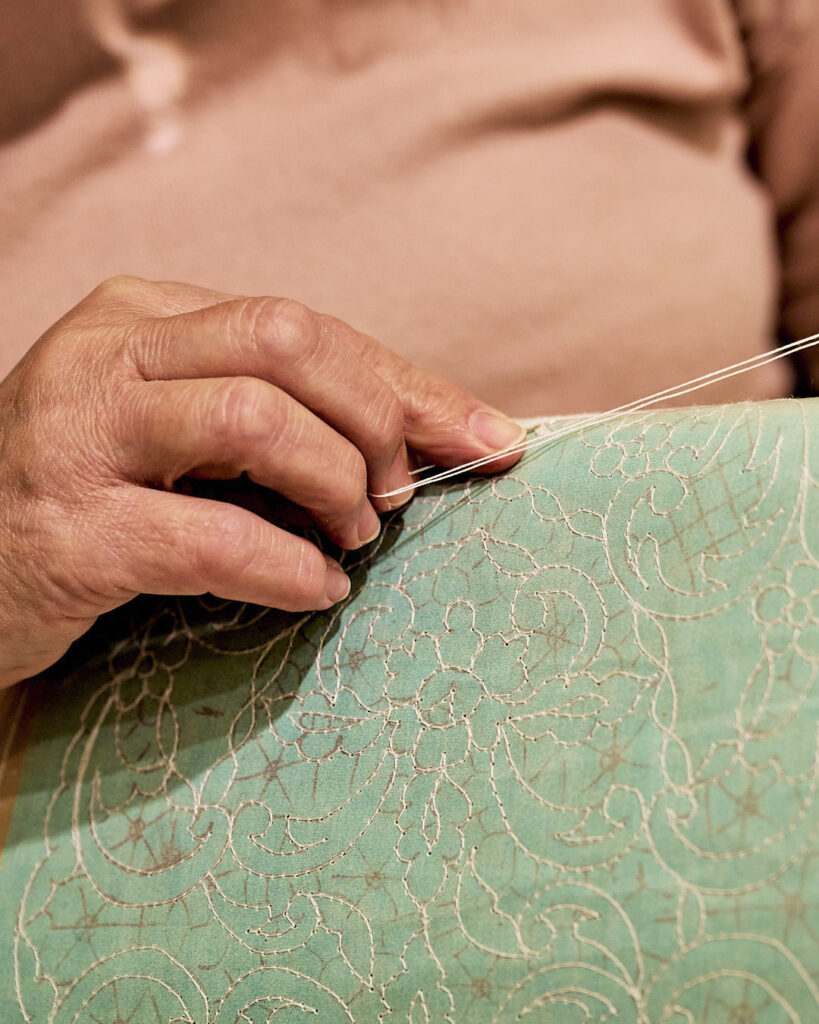
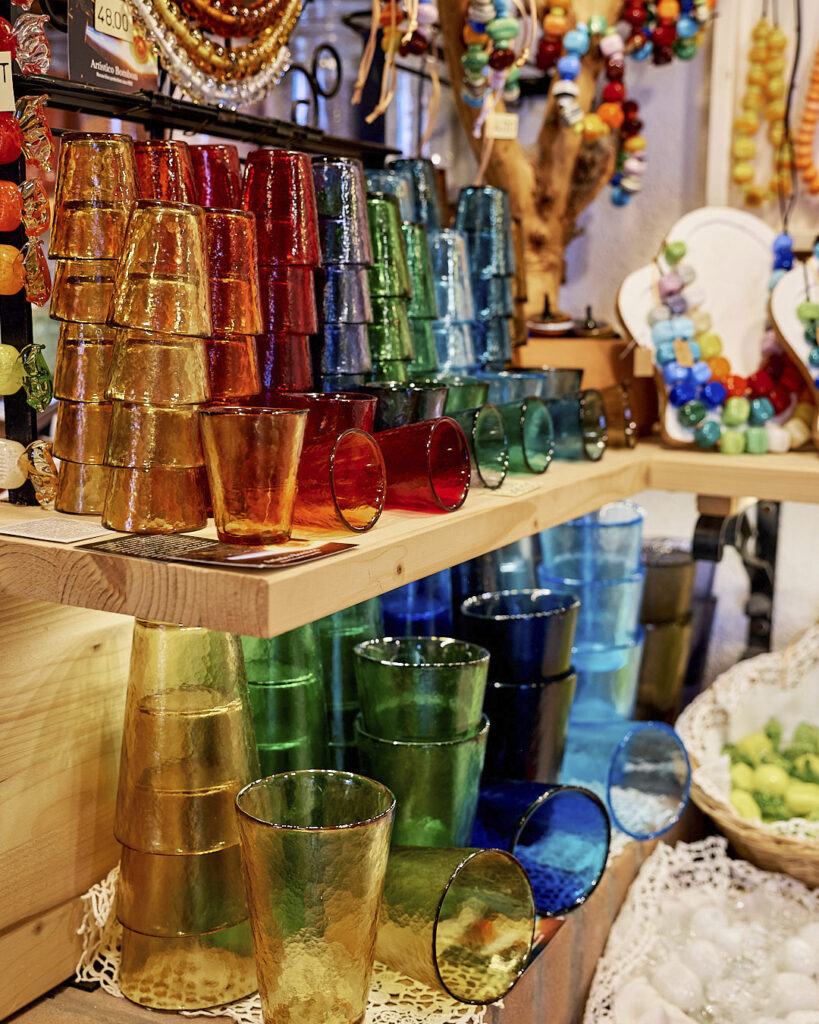
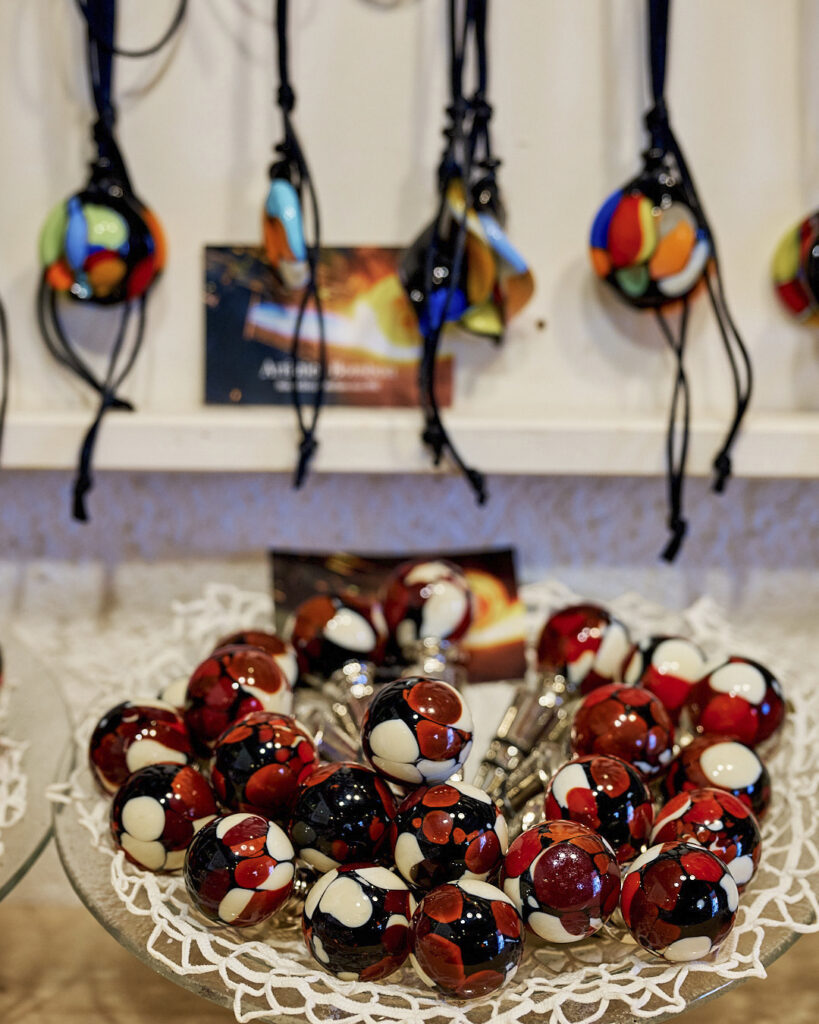
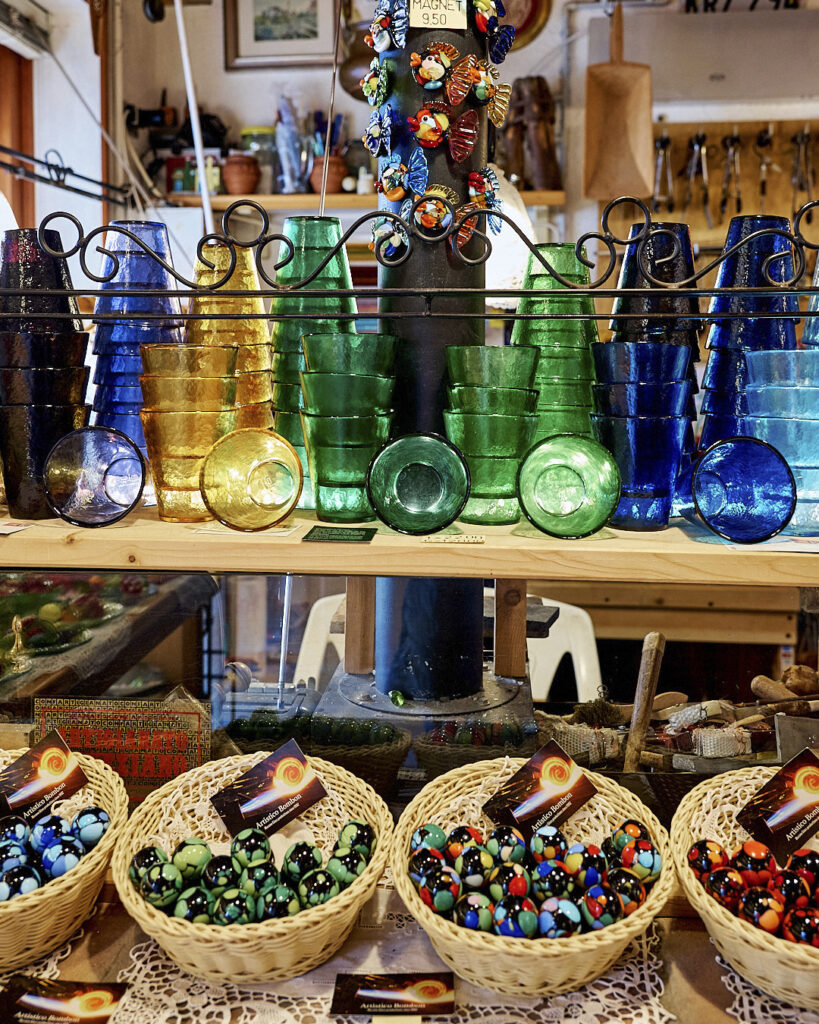
One of the highlights of the day was a lunch stop at Venissa. Nestled on the tiny island of Mazzorbo, connected to Burano by a quaint wooden bridge, Venissa offers a delightful escape, just a short boat ride away from the bustling canals of Venice, Burano, and Murano.
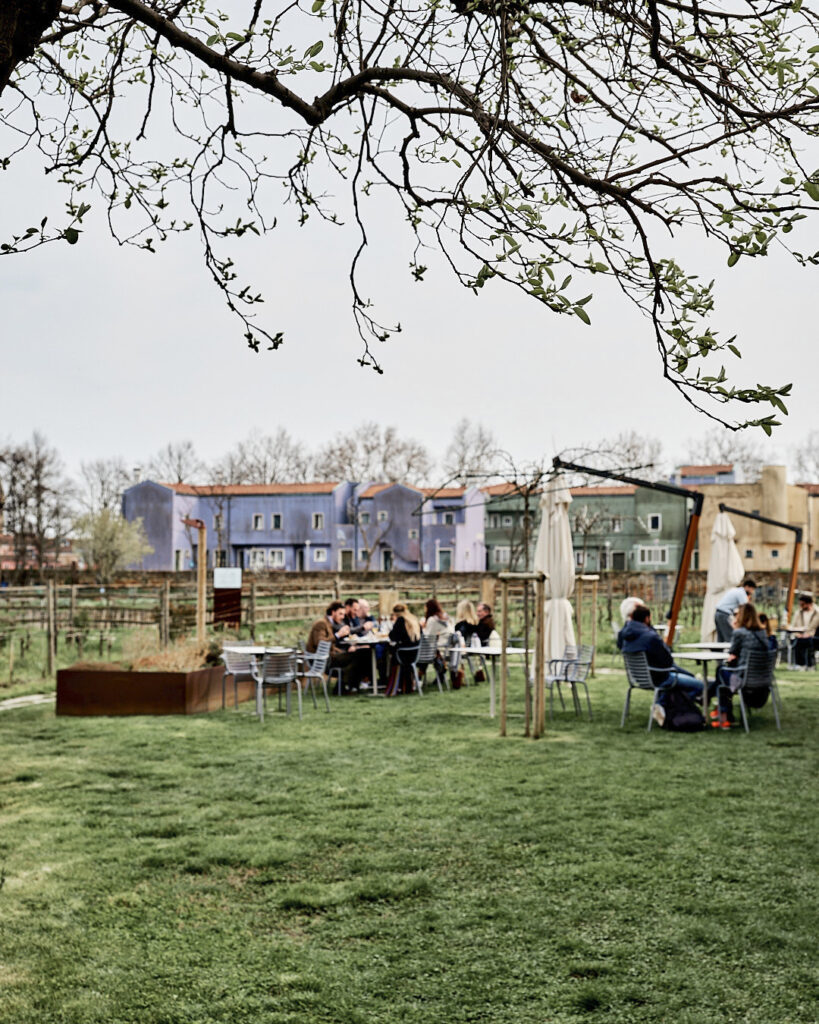
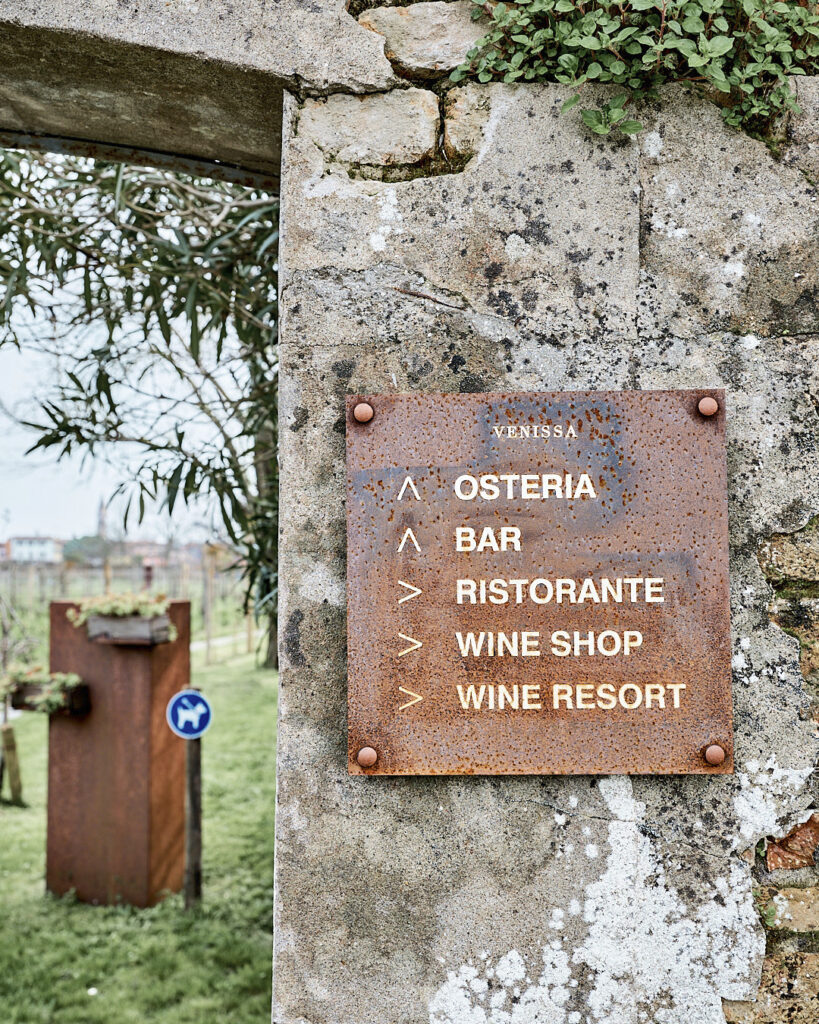

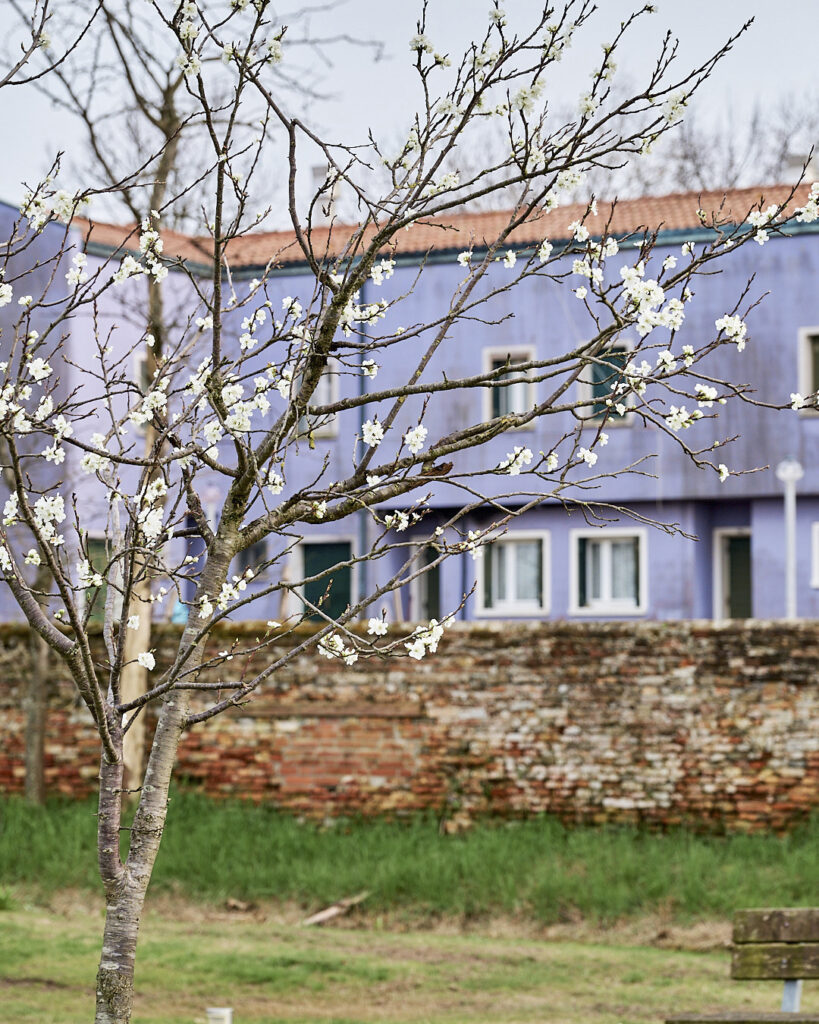
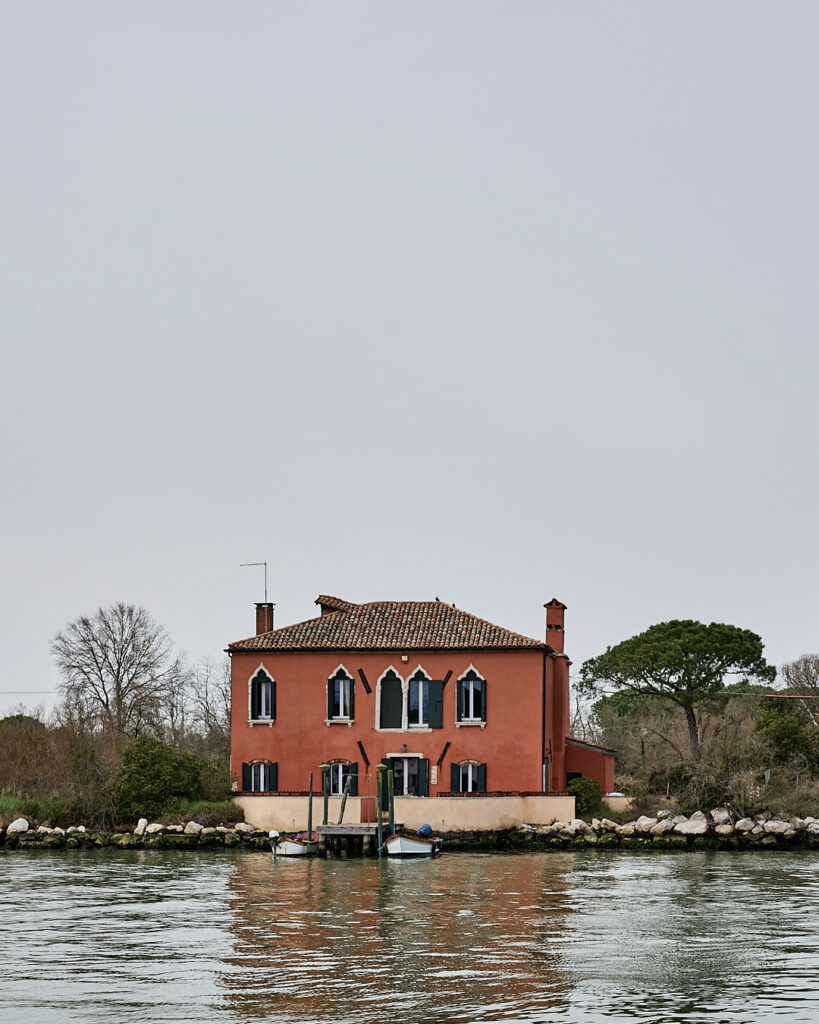
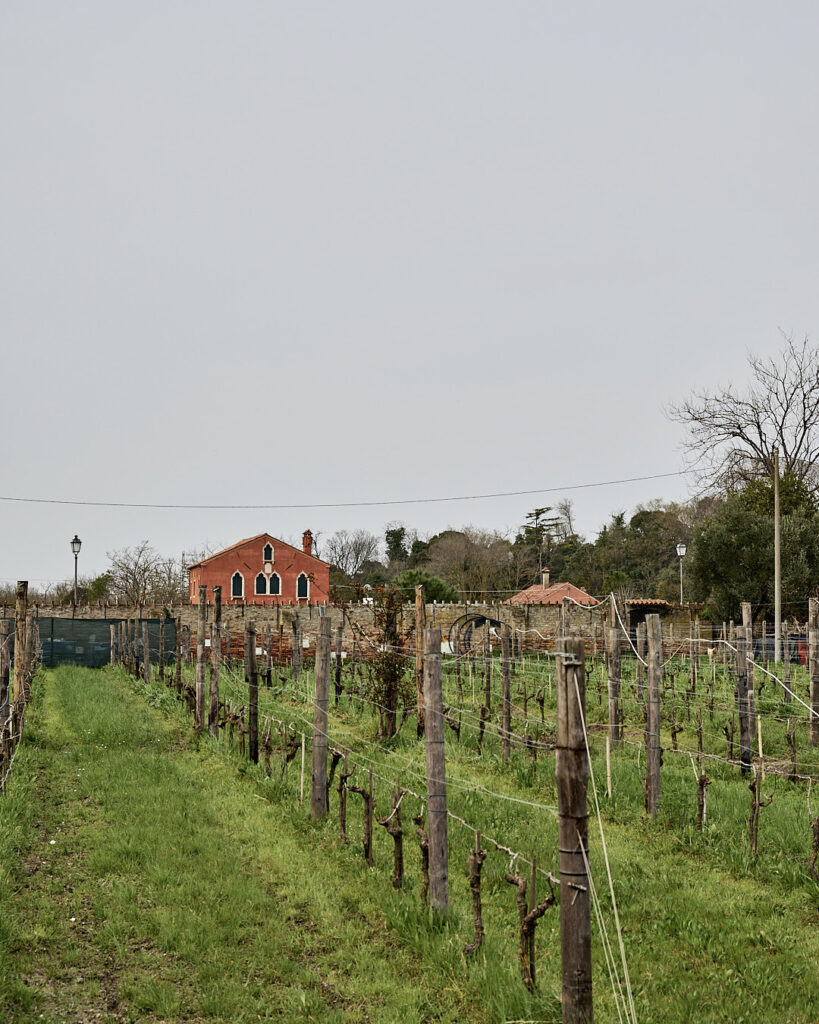
The vineyard here is home to a rare white wine grape called Dorona di Venezia. Thought to be lost after the floods of 1966, the grape variety was rediscovered by the owner on a subsequent visit to the island. This fortunate rediscovery led to the revival of the vineyards, now producing an exceptional, limited-production wine. Venissa itself boasts a Michelin-starred restaurant and a Wine Resort. For a more affordable option, the Osteria Contemporanea, located out back overlooking the vineyards and church, offers a delightful selection of meals alongside a glass of Venissa or other wines.
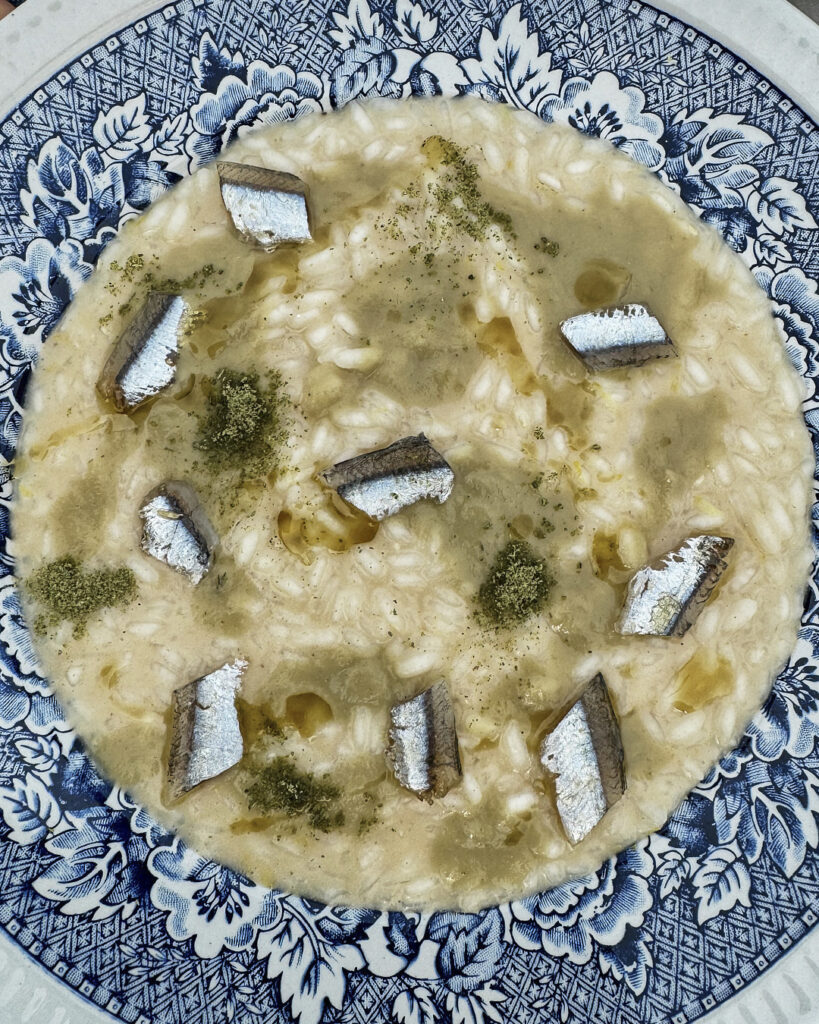
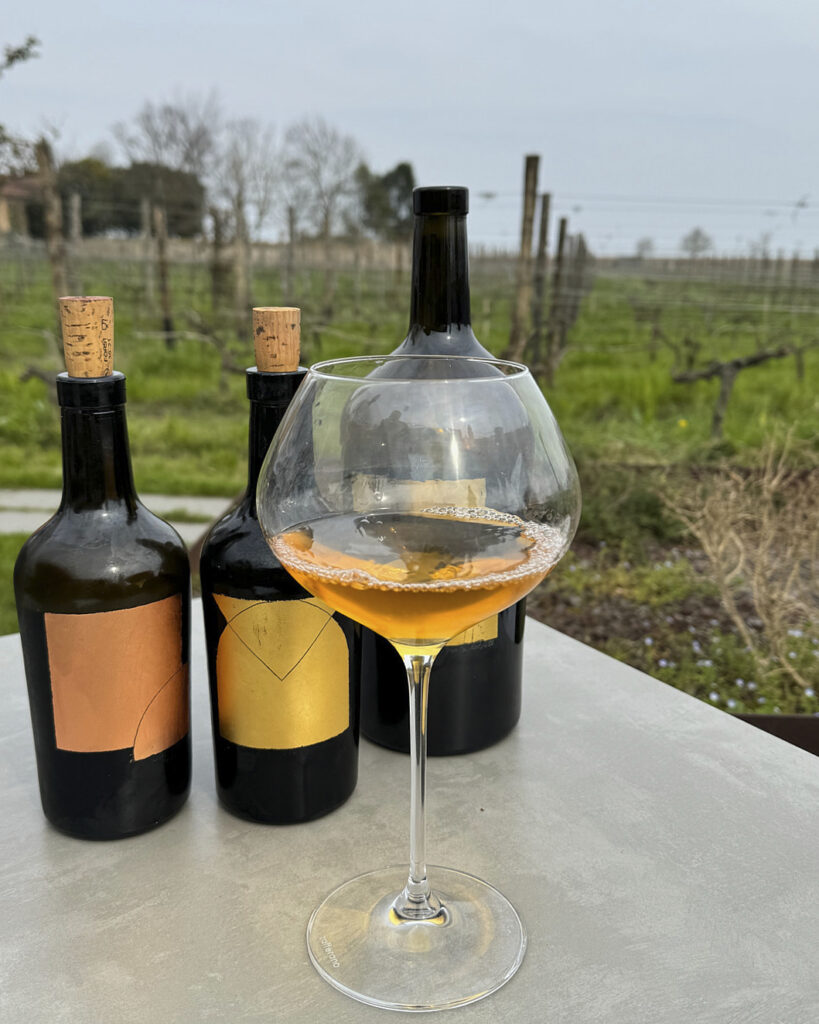
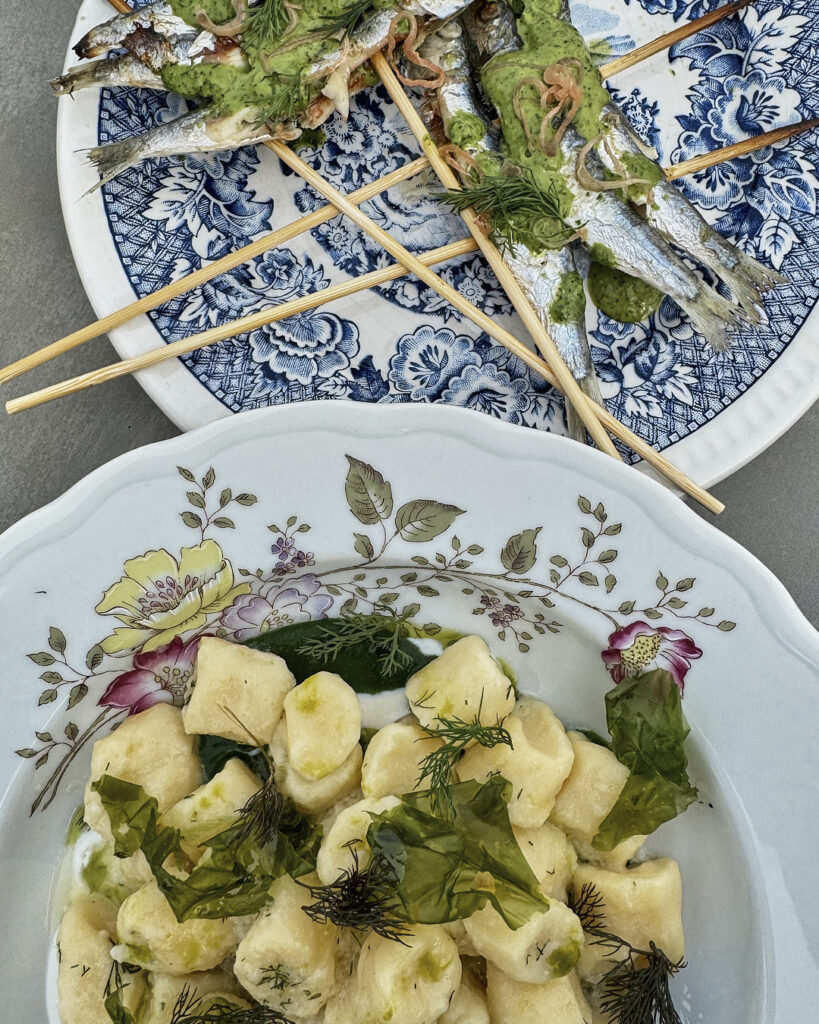
Venissa’s glass bottle is a celebration of the islands’ unique character: glass, gold, and wine. Skilled glassblowers in Murano handcraft the bottles, while one of the area’s remaining gold leaf artisans applies the finishing touch.
Local retirees maintain the vegetable gardens, ensuring the freshest ingredients for Venissa’s simple yet delightful meals. A heart warming story, a fantastic meal of gnocchi with wild fennel, a small taster of sardines on the side, and a delicate sardine risotto – all perfectly paired with a unique glass of wine or two – make for a truly memorable day out!

